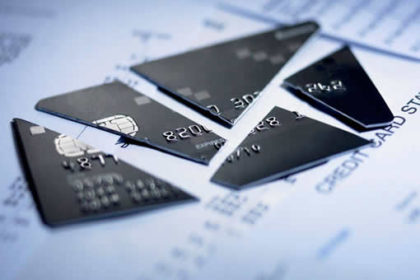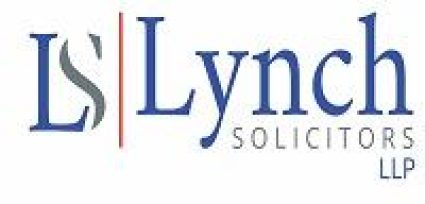
Bankruptcy Reform – From Boom to Bust to Recovery – the Irish American Way!
In Bankruptcy the property or assets of a person who is unable to pay their debts are transferred to a person who is given charge of the property by the High Court (called an Official Assignee in Bankruptcy) to be sold.
If you owe €20,000 or less the creditor cannot apply to the Court to make you bankrupt.
When sold, the costs, expenses, court fees and certain priority debts (such as revenue liabilities, local rates, certain employees’ entitlements etc.) are paid. After this, whatever is left is divided between all other creditors.
One of the elements of the new Insolvency Regime is that Personal Insolvency Practitioners (PIPs) may become more involved in the Bankruptcy process.
Becoming Bankrupt v Insolvency – & Bankruptcy Reform
The difference between bankruptcy and personal insolvency is that the statutory scheme of personal insolvency is controlled by a PIP rather than a Court.
This is a much less intrusive method of bringing someone from insolvency to solvency.
The borrower in bankruptcy also loses all control over their assets and has no input in what proposals are made and actions are taken to deal with the debt involved.
Bankruptcy impacts not only on the person made bankrupt, but also on their creditors as well as others including their family members or people who have a commercial relationship with the bankrupt.
In Personal insolvency you get to plan the outcome at the start whereas in bankruptcy the process is managed independently by the Court system.
Bankruptcy – Public Knowledge
Once an order for bankruptcy is made a notice would appear in one national and one local newspaper. Other notices are also published at various stages of the bankruptcy. Under the Bankruptcy Reform as in personal insolvency a bankruptcy register is maintained and searches can be made against this register.
The Register is a record of all bankruptcies and personal insolvencies, including those that have been discharged.
The good news about Personal Insolvency is that the Register is wiped clean three months after the Arrangement is finished.
Duties
A bankrupt person must co-operate fully with the Official Assignee’s office and any directions they issue in all matters relating to bankruptcy (e.g. delivery of accounts, documents etc.).
A Statement of Affairs (similar to a PFS in insolvency) must be completed.
If the bankrupt does not co-operate s/he may be summoned before the High Court.
In an insolvency arrangement, an individual is answerable to the PIP who is appointed to deal with the arrangement. This is subject to annual review.
Property
All property held by a bankrupt is given to the Official Assignee or Trustee to be sold. Proceeds are given to creditors. A bankrupt is allowed to keep essentials up to a certain value or to a value approved by the High Court permits.
Any property acquired during bankruptcy transfers to the Official Assignee. If property is acquired during bankruptcy the Official Assignee must be notified and s/he may then claim the property for creditors.
In personal insolvency any decisions on the disposal of property or the payment of debts is clear before the arrangement is entered into unless there are a change of circumstances during the arrangement.
A Personal Insolvency Arrangement avoids the intrusive element of bankruptcy and offers the debtor an opportunity to reach solvency by complying with the Arrangement.
Before an individual goes down the road of an Insolvency Arrangement they are fully aware of their obligations.
Family Home
In bankruptcy the family home can be sold.
However, the High Court must authorise and can postpone the sale and can consider the interests of the lender, a spouse and dependants of the bankrupt.
Under the Personal Insolvency Arrangements the principal primary residence (family home) has a special status.
Unless it is disproportionately expensive or has been agreed by the individual to be sold, the primary objective of the legislation is to protect an individual’s interest in the home.
Bankruptcy Period
Under the Bankruptcy Reform a debtor is bankrupt for 1 year unless the debtor is discharged by the High Court.
Any assets which haven’t been sold are held by the Assignee unless all costs and creditors are paid.
The is the possibility that a person could be subject to the Bankruptcy for a further 5 years if they don’t disclose information or fail to cooperate.
There is also the possibility that someone would have to continue to pay some of their earnings for a further 5 years after the 3 year Bankruptcy period.
Cost of Bankruptcy
The total cost of a Bankruptcy by a debtor would be at a minimum of €5,000 which would include VAT and Court fees. However, each case has to be considered to get a precise cost.

